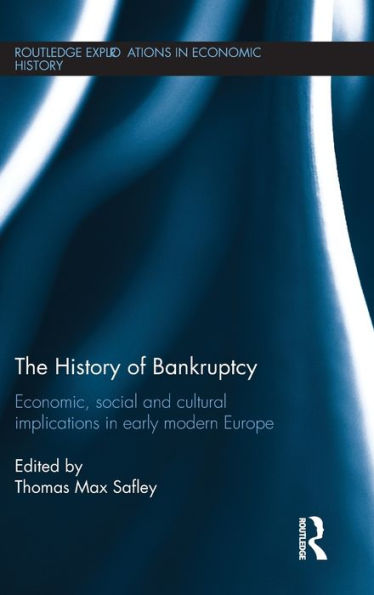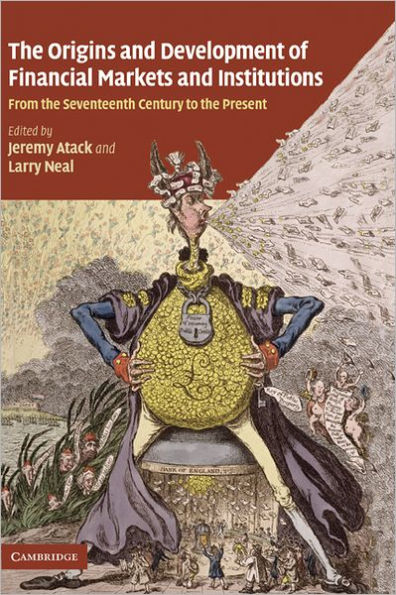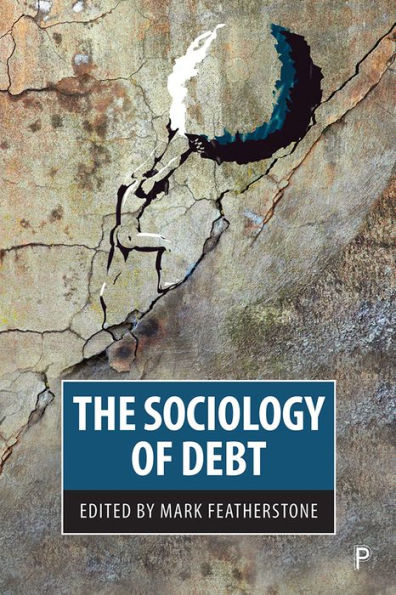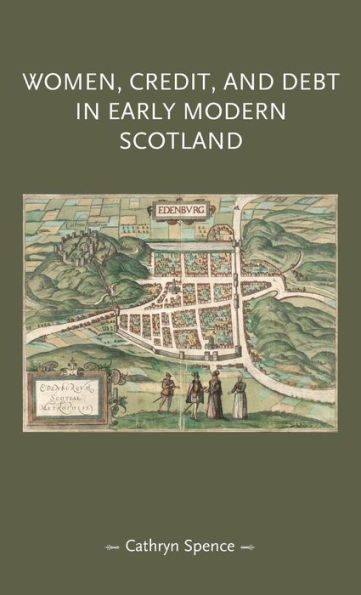Home
The Evolution of Interest and Debt: From Middle Ages to Modern Times
Barnes and Noble
The Evolution of Interest and Debt: From Middle Ages to Modern Times
Current price: $180.00
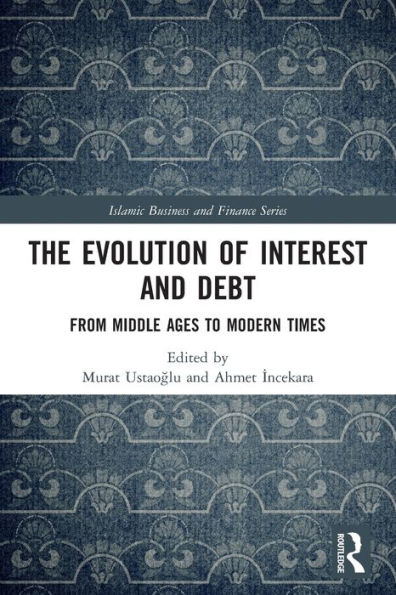

Barnes and Noble
The Evolution of Interest and Debt: From Middle Ages to Modern Times
Current price: $180.00
Size: Hardcover
Loading Inventory...
*Product information may vary - to confirm product availability, pricing, shipping and return information please contact Barnes and Noble
The Evolution of Interest and Debt provides a review of the impact of these interest-bearing debt and practices upon social relations and institutions, throughout the history of modern economics, observing the relative conditions of the time and, as such, will shed light on the ongoing problems as well.
The authors assert that the development of the concept of interest can be traced through three historical periods. The first period covers measures from a more radical stance, as introduced by the Abrahamic religions, with the same foundations and principles at their core. The second period examines the arguments that justify interest-bearing debt, particularly how the stance of major religions has been translated into a basis of support for these transactions. The third and final part offers a chronological account of the development of interest-bearing debt transactions and their disruptive impacts throughout the history of modern economics from the medieval to the modern era. Initially, the book presents a conceptual framework of terms applicable to the discussions and then examines the consistency and reliability of the theological and philosophical arguments on the restrictions imposed upon the practice of interest and debt, including rigid prohibition. Each period presents its own dynamics and helps analysts better understand the history and roots of interest-bearing debt. While the book is grounded on research that relies heavily on historical sources, it offers a contribution to the literature on economics as well, since the historical findings are analyzed in the context of economic terms and theories.
An interdisciplinary effort, the book will attract the attention of those who have an interest in fi nance, economics, history, religion and sociology.

